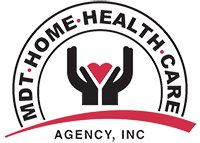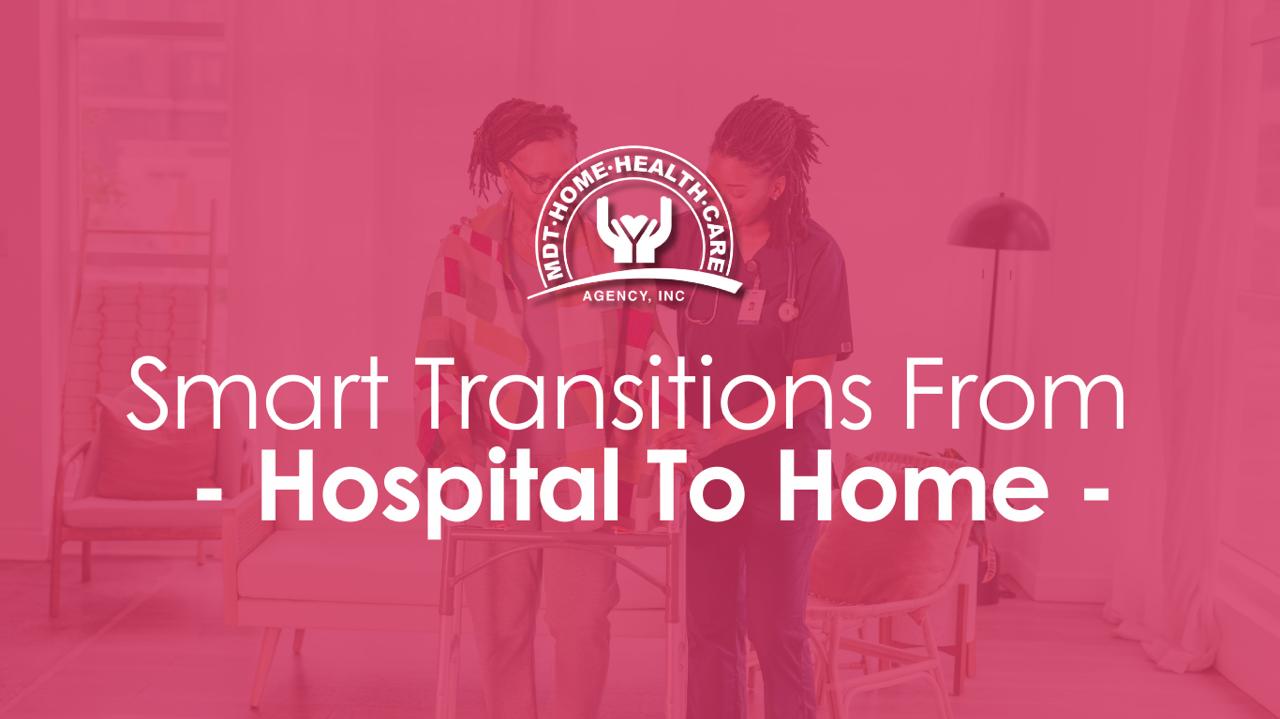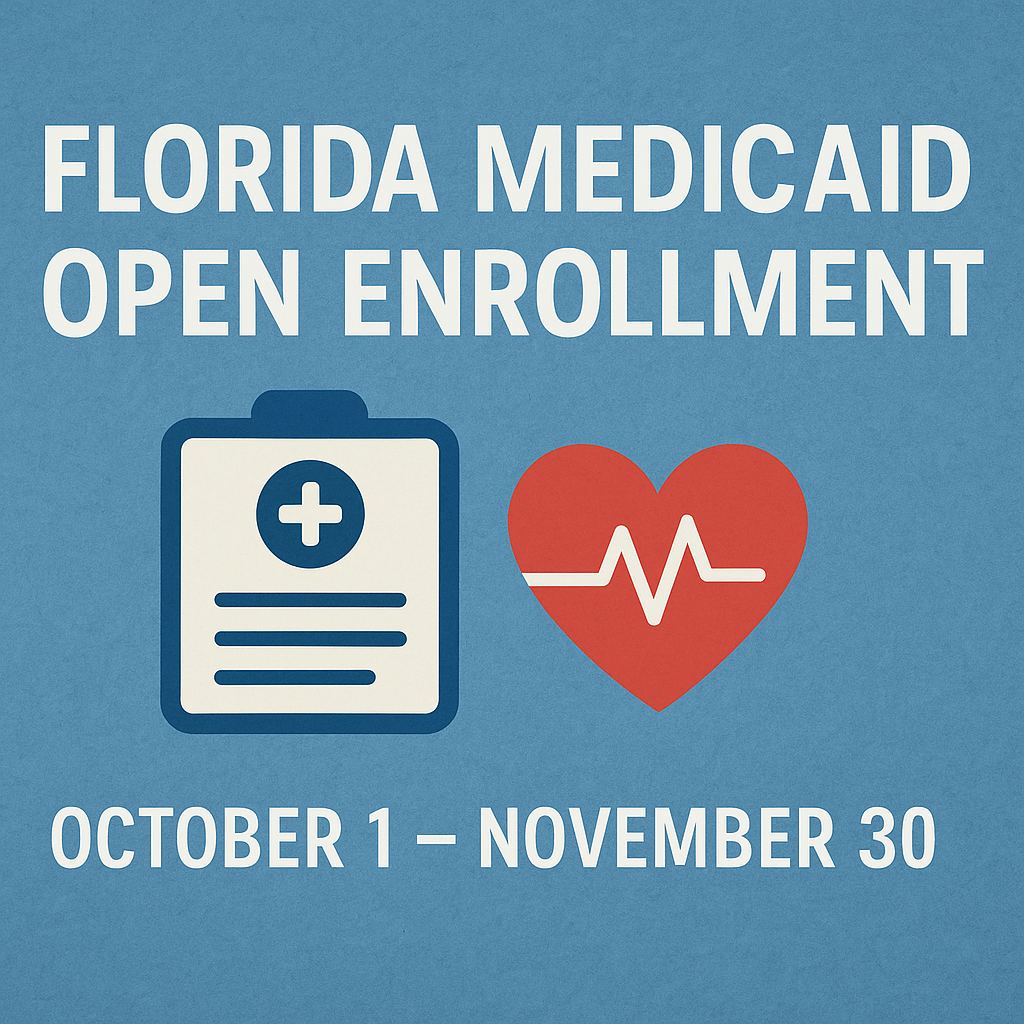
MDT Pulse Magazine is our new digital publication designed to support home care partners, providers, and case managers with clear, accessible information on patient care, safety, and agency initiatives.
Why This Magazine Matters
Home health care evolves quickly, and providers benefit from having a consistent source of updates. MDT Pulse Magazine brings together clinical guidance, caregiver tools, and practical insights that strengthen communication and care coordination.
What You’ll Find Inside
- Patient care tips
- Chronic condition insights
- Compliance and documentation reminders
- MDT programs and community engagement
- Stories that highlight the heart behind home care
Each edition combines professional value with human perspective — the same balance that defines MDT’s approach to care.
Supporting Providers Through Communication
When information flows clearly between hospitals, clinics, and home care teams, transitions become safer and patient outcomes improve. MDT Pulse Magazine reinforces this collaboration by offering reliable, easy-to-reference content for the professionals who work with us.
A Resource for Everyone Involved in Patient Care
Whether you’re coordinating discharges, managing chronic cases, or educating families, MDT Pulse Magazine is designed to support your work and strengthen the connection between clinical teams and home environments.













